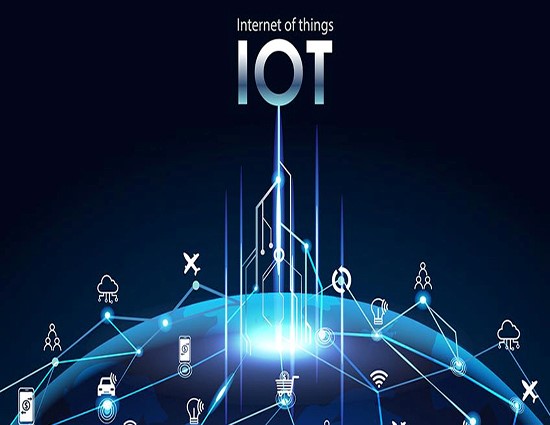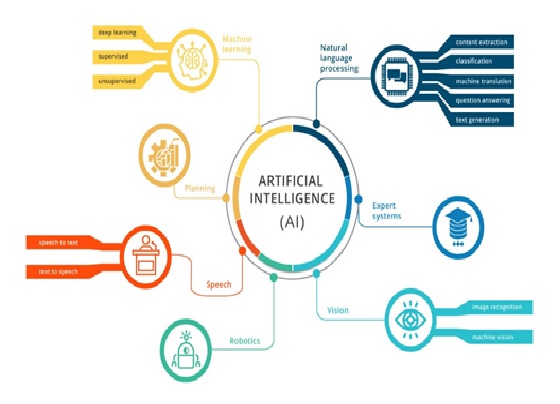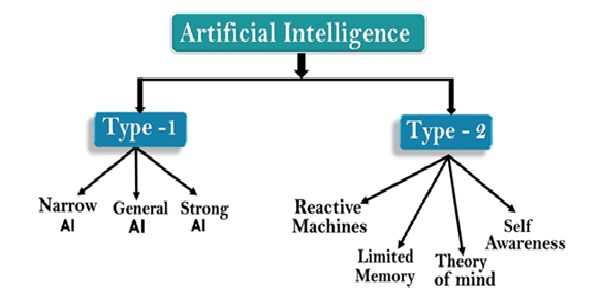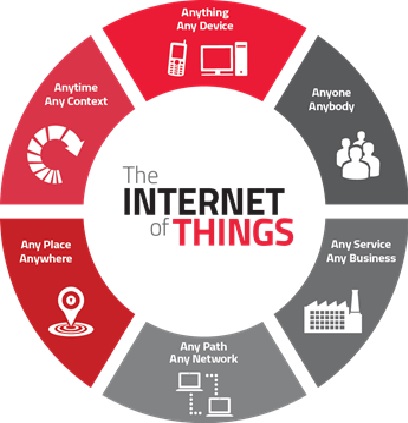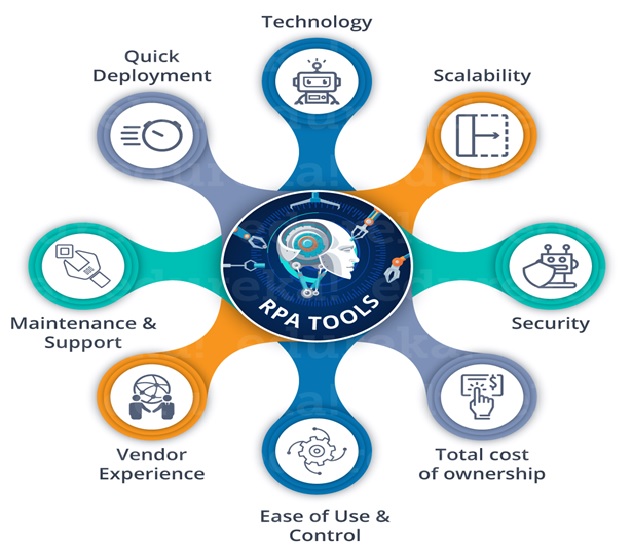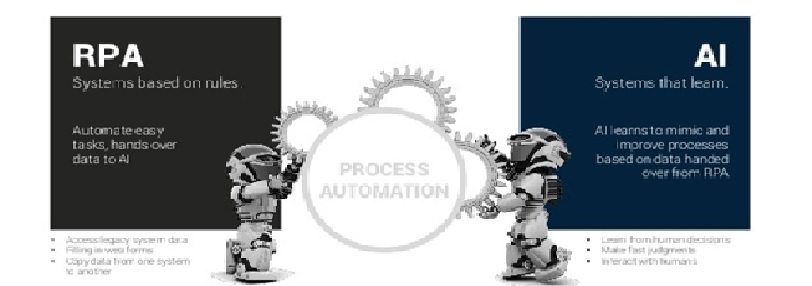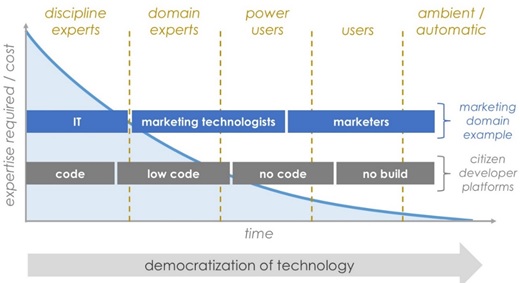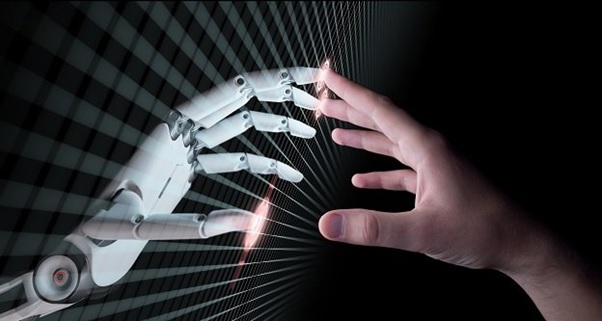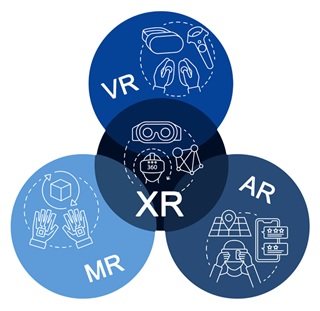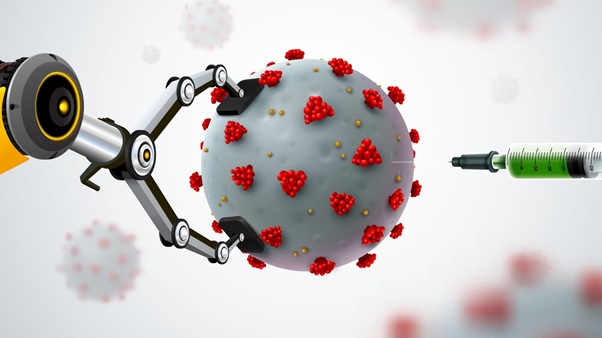Intelligent Process Automation: The Engine at the core of the next-generation operating model
In essence, IPA “takes the robot out of the human.” At its core, IPA is an emerging set of new technologies that combines fundamental process redesign with robotic process automation and machine learning. It is a suite of business-process improvements and next-generation tools that assists the knowledge worker by removing repetitive, replicable, and routine tasks. And it can radically improve customer journeys by simplifying interactions and speeding up processes.
IPA mimics activities carried out by humans and, over time, [1] learns to do them even better. Traditional levers of rule-based automation are augmented with decision-making capabilities thanks to advances in deep learning and cognitive technology as shown in figure 1. The promise of IPA is radically enhanced efficiency, increased worker performance, reduction of operational risks, and improved response times and customer journey experiences.
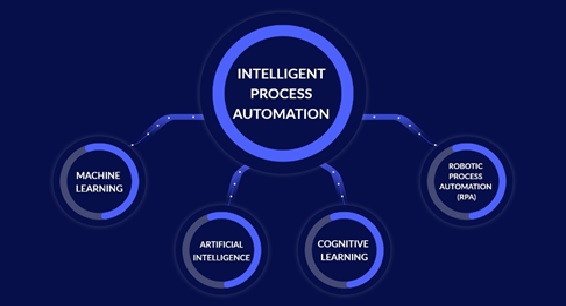
Figure 1: Intelligent Process Automation – Overview and How It Helps Businesses
IPA in its full extent encompasses [2] five core technologies:
- Robotic process automation (RPA): a software automation tool that automates routine tasks such as data extraction and cleaning through existing user interfaces. The robot has a user ID just like a person and can perform rules-based tasks such as accessing email and systems, performing calculations, creating documents and reports, and checking files. RPA helped one large insurance cooperative to reduce excess queue procedures affecting 2,500 high-risk accounts a day, freeing up 81 percent of FTEs to take on proactive account-management positions instead.
- Smart workflow: a process-management software tool that integrates tasks performed by groups of humans and machines (for instance, by sitting on top of RPA to help manage the process). This allows users to initiate and track the status of an end-to-end process in real time; the software will manage handoffs between different groups, including between robots and human users, and provide statistical data on bottlenecks.
- Machine learning/advanced analytics: algorithms that identify patterns in structured data, such as daily performance data, through “supervised” and “unsupervised” learning. Supervised algorithms learn from structured data sets of inputs and outputs before beginning to make predictions based on new inputs on their own. Unsupervised algorithms observe structured data and begin to provide insights on recognized patterns. Machine learning and advanced analytics could be a game changer for insurers, for example, in the race to improve compliance, reduce cost structures, and gain a competitive advantage from new insights. Advanced analytics has already been implemented extensively in leading HR groups to determine and assess key attributes in leaders and managers so as to better predict behaviors, develop career paths, and plan leadership succession.
- Natural-language generation (NLG): software engines that create seamless interactions between humans and technology by following rules to translate observations from data into prose. Broadcasters have been using natural-language generation to draft stories about games in real time. Structured performance data can be piped into a natural-language engine to write internal and external management reports automatically. NLG has been used by a major financial institution to replicate its weekly management reports.
- Cognitive agents: technologies that combine machine learning and natural-language generation to build a completely virtual workforce (or “agent”) that is capable of executing tasks, communicating, learning from data sets, and even making decisions based on “emotion detection.” Cognitive agents can be used to support employees and customers over the phone or via chat, such as in employee service centers. A UK auto insurer that uses cognitive technology saw a 22 percent increase in conversion rates, a 40 percent reduction in validation errors, and a 330 percent overall return on investment.
The value of IPA
While IPA takes over rote tasks, human workers can focus on delighting customers and thinking about how new troves of data outside the organization—from news, events, social media, embedded sensors, [3] and elsewhere—can help achieve business goals.
Although the full range of benefits comes from implementing the complete IPA suite, companies can unlock significant value quickly through individual elements. RPA alone can drive significant productivity gains.
Benefits of Intelligent Process Automation
“Many companies across industries have been experimenting with IPA, with impressive results: automation of 50 – 70% of tasks, [4] which has translated into 20 – 35% annual run-rate cost efficiencies,” This is achieved in the following ways:
Orchestration of humans and robots – Rather than simply deploying technologies like RPA in silos and leaving them to complete individual tasks, Intelligent Process Automation can help to co-ordinate work between robots, people and systems. Robotics are all well and good, but unless you integrate them with an IPA platform, you will end up with isolated solutions as opposed to enterprise-wide solutions.
Freeing up employees from routine tasks – Employees can be released from labor-intensive tasks by RPA and set to work in more efficiency areas. By combining with DPA and AI, you can rest assured that the correct decision is being made because it is planned out in the workflow with AI helping to make informed decisions along the way.
Ensuring proper governance and minimizing risk – By automating end-to-end processes, you can reduce the risk of errors such as incorrect data entry. RPA takes care of this automating tasks, but if it breaks or deviates from the organizational standard, IPA gives you the peace of mind knowing that your processes are consistently being completed.
End-to-end visibility of processes and the customer journey – When individual automation technologies are deployed, it can be hard to see the enterprise-wide result. Using IPA, you can see the entire process, allowing you to identify bottlenecks or points at which the customer journey could be smoother.
Agility and speed of process change – IPA enables you to not only accelerate end-to-end processing but also makes it easy to make agile changes to processes and the technologies that support them. This helps organizations to continually improve their business processes.
Intelligent Automation: The new way to innovate
Legacy systems are blocking digital transformation as they leave no room to incorporate new technologies. To deliver the disruption that so many organizations need, they require a platform that acts as an intelligent information conveyor belt that works in conjunction with your legacy systems and can be easily reconfigured. [5] As an Intelligent Process Automation Platform, Bizagi unites DPA, RPA and AI to form an integrated solution, which allows you to manage each component, drive digital transformation and ultimately deliver enterprise-wide intelligent automation.
As I said before in a previous blog, “Welcome to the age of intelligent automation.” When you combine the emerging software robot or digital worker with the information conveyor belt, an automated assembly line is created that digitizes organizational processes. Now add artificial intelligence on top of the process (which knows both context and intent) and you have the most disruptive vortex of new technologies.
It’s no longer about Intelligent Process Automation vs Robotic Process Automation, because IPA creates a wider strategy around RPA and helps you get the most out of your robots. Rather than deploying technologies in isolation, unite them with an IPA platform to gain the agility and stability you need. This way you can identify where robots should be deployed and orchestrate your digital workforce while connecting your employees, customers and business partners.
“Advances in artificial intelligence, robotics, and automation, supported by substantial capital investments, are fueling a new era of intelligent automation, which is likely to become an important driver of organizational performance in the years to come.
References:
- https://www.mckinsey.com/business-functions/mckinsey-digital/our-insights/intelligent-process-automation-the-engine-at-the-core-of-the-next-generation-operating-model
- https://www.bizagi.com/en/blog/intelligent-process-automation/what-is-intelligent-process-automation-ipa
- https://www.nice.com/rpa/rpa-guide/what-is-intelligent-process-automation-ipa/
- https://www.advsyscon.com/blog/what-is-intelligent-process-automation/
- https://www.blueprintsys.com/blog/rpa/what-is-intelligent-process-automation-ipa
Cite this article:
S. Nandhini Dwaraka (2021), Intelligent Process Automation: The Engine at the core of the next-generation operating model, AnaTechmaz, pp. 6


